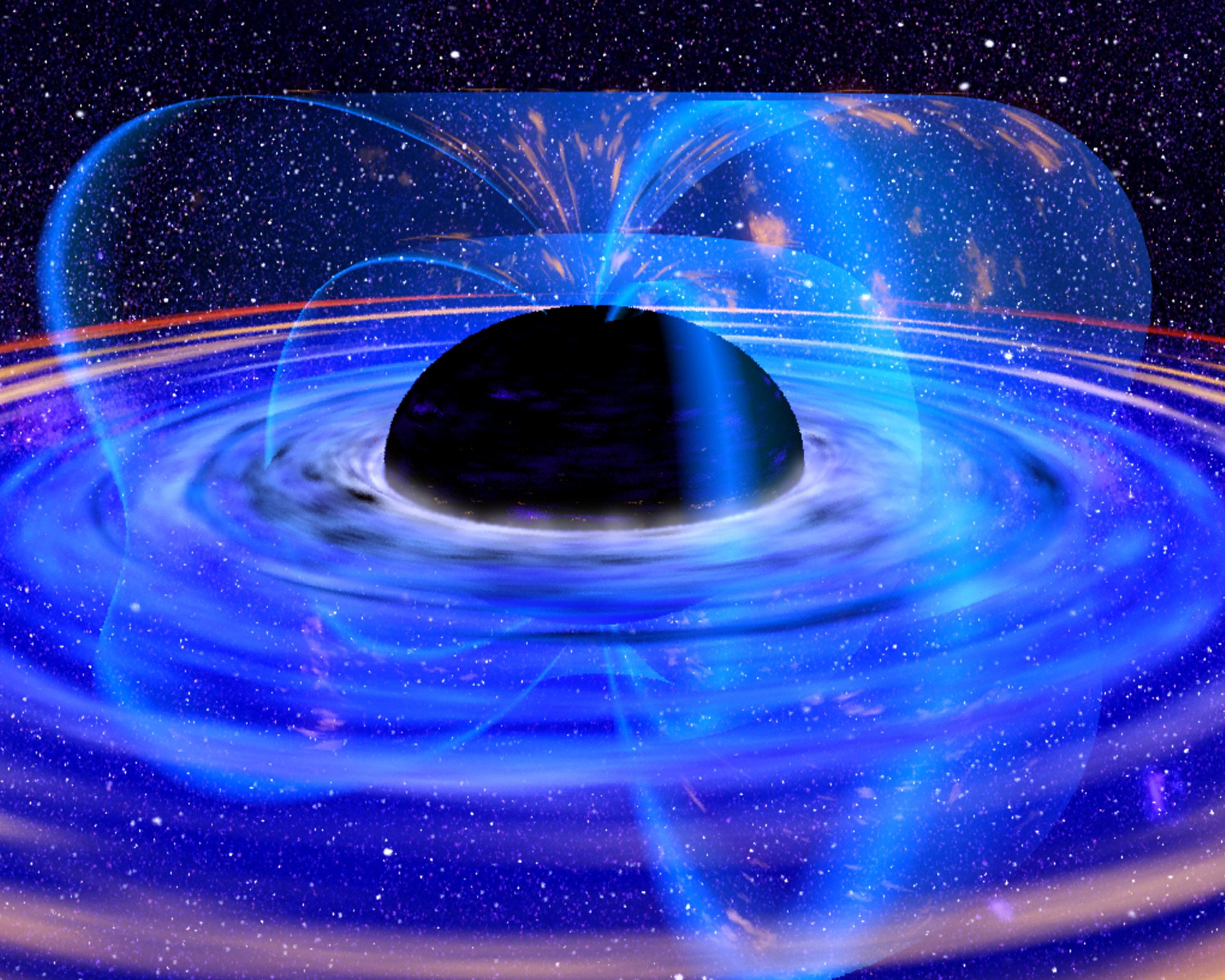Astronomers have long been hoping to observe an object outside of our solar system that emits neutrinos, or ghost particles, and now they have!
Neutrinos are referred to as “ghost particles” because they don’t often interact with any type of matter. They pass through objects at nearly the speed of light, without loss of speed or deflection of their course. Because of this, astronomers can track neutrinos back to their source by following a straight line based on their trajectory.
Recent observations came from three different observatories. IceCube, in Antarctica, has a telescope constructed of glacial ice that can detect neutrinos. In Japan, Kanata (which means “faraway” in Japanese) has an optical/near-infrared telescope operated by Hiroshima University also capable of detecting ghost particles. And MAGIC, the Major Atmospheric Gamma Imaging Cherenkov Telescope on the La Palma Canary Island, looks at gamma rays, which are associated with neutrinos.
You can read more about the three papers that, taken together, correlate this new information about neutrinos here!
Follow us online: